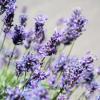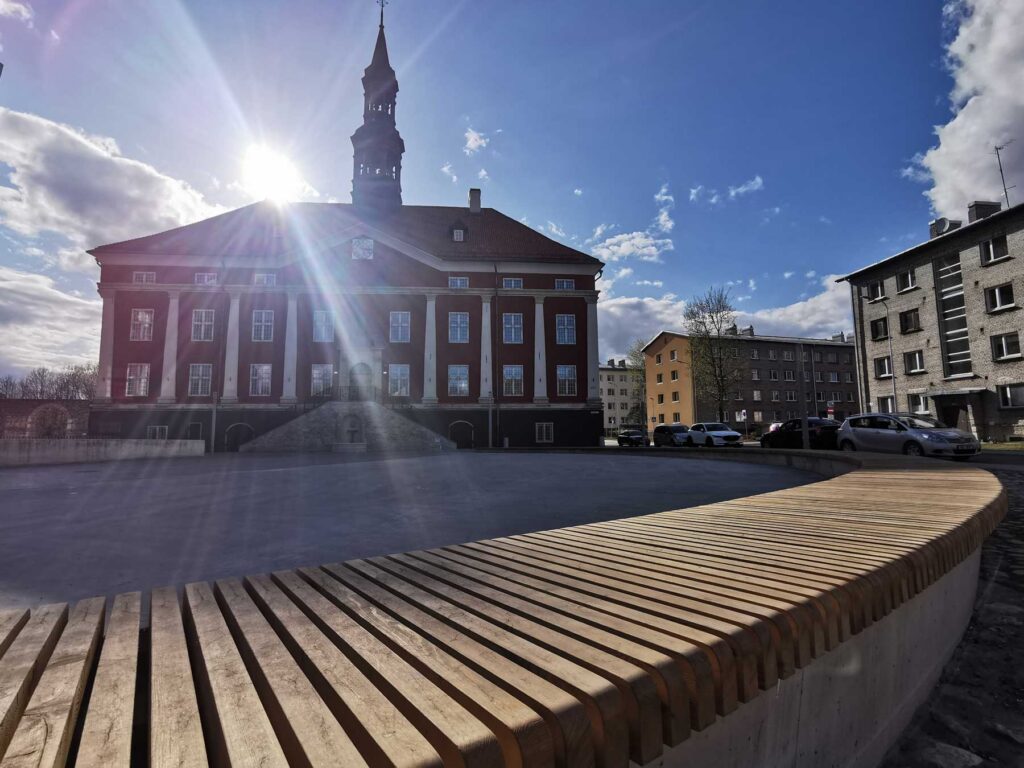7 tips for the vacation space in your own garden

If you spend your summer vacation in the south, you will quickly get into a holiday mood when you see an olive tree. But olive trees are also offered in many garden centers and trees in our latitudes.
To keep your holiday feelings awake, you can plant an olive in your own garden or place in the bucket on the balcony or terrace. With the following tips, it is possible to successfully maintain the tree, to harmonize its Mediterranean flair harmoniously into the home garden and to bring it safely over the winter.
Tip 1: The optimal climate in summer
The olive tree has its origin in the Mediterranean. Also in the Middle East and South Africa, the wood known as an oil tree grows. But the warmth in the summer months also offers good growth conditions for an olive tree in our latitudes.
If it is regularly irrigated and easily under planted with perennials or semi -shrubs, the climate from March to September is perfect for growth. In warm areas, the olive can thrive on the field without any problems, says book author and gardening master Peter Berg.
Tip 2: The right location
However, you also have to think about winter. If the olive tree is to be planted in the field, it is best to choose a protected location – for example near the house. « The tree benefits from the radiation heat of a light terrace covering and bright walls, » says Berg.
In the bucket, the olives should be without roofing in the summer months so that they are watered by rain. In the winter months, the rain can also become too much, so that protection from the roof overhang is an advantage.
Tip 3: an evenly moist floor
The olive comes from the sunny hot south and therefore only needs a little water? A fallacy. Because persistent drought suits the tree. Plant dealers Thomas Knappe recommends keeping the earth around the plants evenly, especially when the plants are cultivated in the bucket.
« An olive tree planted can form up to six meters long roots to supply itself with water from the ground, » says Knappe. This is generally not possible in the bucket and so the olive needs regular water gifts.
In the ground, waterlogging should be avoided. A drainage in the bucket and also in the plant hole is recommended.
Tip 4: nutrients for growth and as frost protection
Immediately in spring you give a fertilizer that is suitable for Mediterranean plants. A preparation with long -term effect is ideal. So all you need to do is fertilize once for autumn. Above all, an increased proportion of potassium plays a role here, as is available in so -called autumn fertilizers. In this way, the frost hardness of the olives can be improved.
Tip 5: a good winter quarters
Up to minus four degrees Celsius can stand outdoors. With long -lasting frost periods, however, you should move into a light, protected winter quarters. « A heated living space is not suitable, » said Knappe. A bright, unheated hallway or a protected carport is better.
In winter protection, it depends on the roots. « Dress the bucket with a styrofoam to avoid frostbite, » advises the plant dealer.
Protection in the field is also possible, but complex. You can wrap the olive tree with fleece. The temperature difference is a few degrees. It is important that the plant is wrapped as long as the thermometer has not yet dropped below the zero point. Otherwise you include the cold. « It is also conceivable to have a shelter on how to build it for tomatoes, » says Peter Berg.
At the shelter, a roof and walls in the main wind direction protect against moisture and cold. However, you also have to water regularly in winter because the protection does not get rain onto the floor. It also has to be robustly anchored so that he stops with a storm.
Tip 6: Yellow leaves – interpret the causes correctly
The causes of yellow leaves on the olive are diverse. They range from wetness to lack of nutrients to fungal diseases. First of all, you don’t have to worry if a few leaves turn yellow from time to time and fall down. But if entire branches are affected, you should take a closer look.
In the winter quarters, lack of light and often standing wetness can be the problem. The latter can be easily remedied by drying the bales completely before pouring again. « In poor lighting conditions, it helps to turn the plant regularly, » says Thomas Knappe.
If the leaves are yellow in winter when the plant is wrapped or you have built a shelter, fungal diseases are usually the cause. Hygiene is required by thoroughly collecting the fallen leaves. It also helps to water less.
Usually the problem grows when the plant is well ventilated outdoors again. If it does not help, you can use infected leaves in the garden center to consult a suitable pesticide.
Tip 7: Good companion
An olive tree is a solitaire that, when it is a little older, dominates the garden and terrace. The accompanying plants should fit harmoniously. The classic is the lavender. With its fragrant, purple flower ears and the silver leaves, it complements the olive tree.
The Swords and Yucca, known as Bart-Iris, also come into question from the Mediterranean plant repertoire. Peter Berg advocates grasses: « The blue-fold forms a closed plant cover under the tree ». As a further kind, he brings the dew drop grass into play, which finely smells and develops filigree Horste of about half a meter height.
The high fat henne is suitable for the hot, sunny location. It blooms from late summer to winter. For spring you should plant some onion flowers under the olive. The delicate so -called botanical tulips ensure a colorful start in the spring weeks and easily tolerate the heat in summer.
Photo: Christin Klose/dpa-tmn
Photo: Caroline Seidel-Dißmannel/Dpa-Tmn
Photo: Andrea Warnecke/Dpa-Tmn








